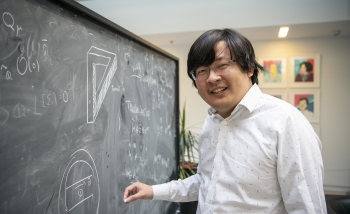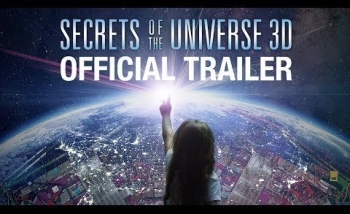Atomic clocks are the most sensitive timekeeping machines ever created. Tick-tocking apace with nature’s built-in quantum oscillations, they already have practical application in GPS satellites and time standards. Now, they are also emerging as powerful tools for decoding profound mysteries of the universe.
An article published this week in Quanta explores how a growing group of scientists – including Perimeter researchers Maxim Pospelov and Asimina Arvanitaki – are using atomic clocks and related technologies to “listen to the universe’s softest songs.”
Arvanitaki proposes using atomic clocks to aid in the search for the universe’s most pervasive but elusive stuff, dark matter. The oscillations of dark matter waves, she argues, would cause a measurable oscillation in the energy levels of atomic clocks.
Her approach is one among numerous ideas explored in the Quanta article about how existing technologies, many of which can fit on a laboratory tabletop, may unveil new phenomena and even laws of physics. “You can make a lot of progress by doing simple things,” says Arvanitaki.
About PI
Perimeter Institute is the world’s largest research hub devoted to theoretical physics. The independent Institute was founded in 1999 to foster breakthroughs in the fundamental understanding of our universe, from the smallest particles to the entire cosmos. Research at Perimeter is motivated by the understanding that fundamental science advances human knowledge and catalyzes innovation, and that today’s theoretical physics is tomorrow’s technology. Located in the Region of Waterloo, the not-for-profit Institute is a unique public-private endeavour, including the Governments of Ontario and Canada, that enables cutting-edge research, trains the next generation of scientific pioneers, and shares the power of physics through award-winning educational outreach and public engagement.
You might be interested in

What is it like to be part of an underrepresented gender identity in physics?
February 9, 2024

